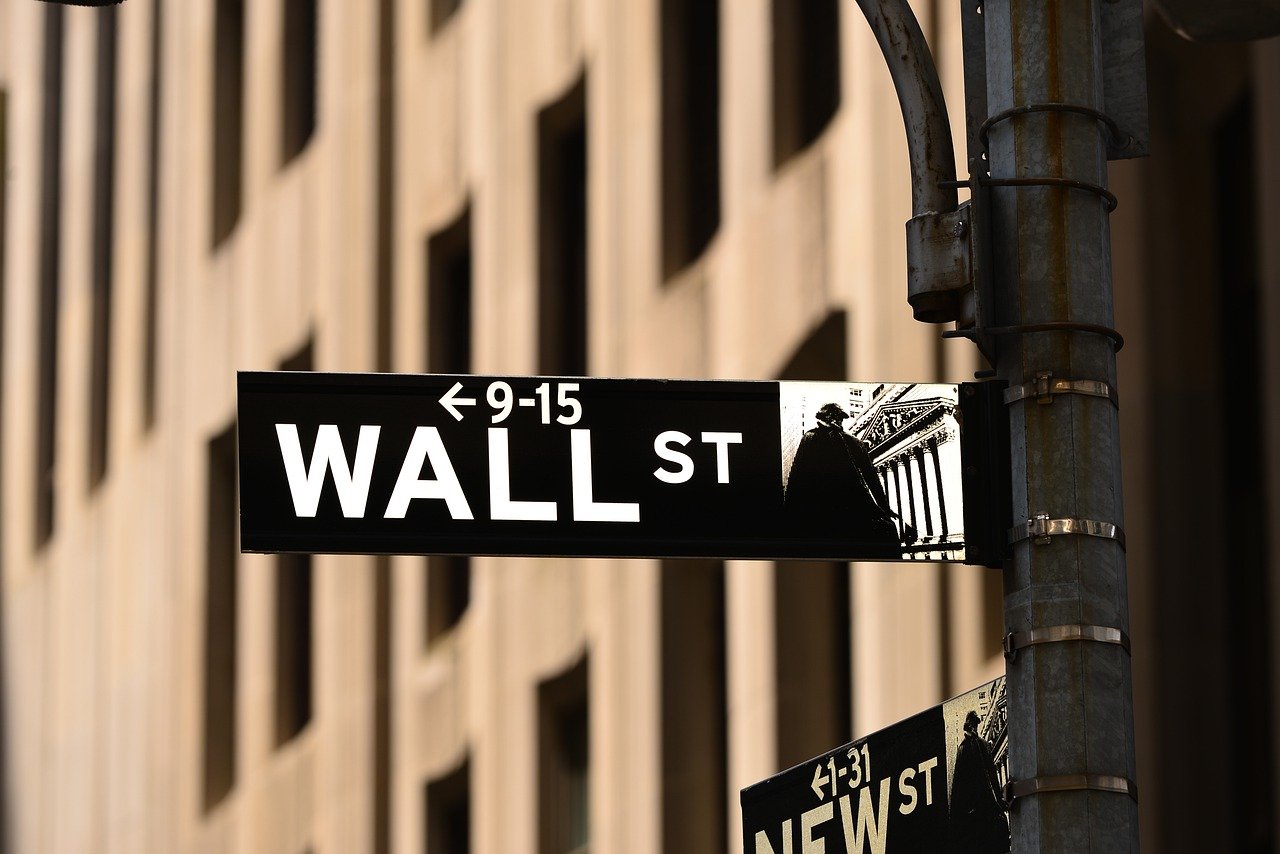The U.S. stock market history begins in 1792, when 24 stockbrokers signed the “Buttonwood Agreement” under a tree on Wall Street, laying the foundation for the New York Stock Exchange (NYSE). Early trades included U.S. government bonds and shares of banks and insurance companies. For a deep dive into early U.S. financial markets, see this Federal Reserve historical overview.
1. The Birth of the U.S. Stock Market (Late 18th – Early 19th Century)
The history of the U.S. stock market dates back to 1792. Under a buttonwood tree on Wall Street in New York, 24 stockbrokers signed the “Buttonwood Agreement,” which laid the foundation for the New York Stock Exchange (NYSE). At that time, the main securities traded included U.S. government bonds and shares of several banks and insurance companies.
In the early 19th century, the United States experienced rapid economic growth through industrialization and westward expansion. The stock market gradually developed, and in 1817, the NYSE was officially established. Learn more about historical U.S. stock exchanges.
2. Railroads and the Stock Market Boom (Mid – Late 19th Century)
The mid-19th century railroad expansion fueled the U.S. stock market history. Rail companies issued shares to raise capital, allowing public participation in investments. Despite financial frauds and speculative bubbles, events like the Panic of 1873 popularized stock investing among ordinary Americans.
However, this period also saw financial frauds and speculative bubbles. A notable example is the Panic of 1873, caused by overinvestment in railroads and poor bank loans, leading to an economic recession. Nevertheless, this era marked a crucial stage in popularizing the stock market.
3. The Industrial Revolution and the Rise of Corporations (Late 19th – Early 20th Century)
During the late 19th and early 20th centuries, industries such as steel, oil, and electricity gave rise to major corporations. Notable examples include John D. Rockefeller’s Standard Oil, Andrew Carnegie’s U.S. Steel, and J.P. Morgan’s financial empire. These companies grew around the NYSE and became central to the U.S. economy.
The financial panic of 1907 prompted the creation of the Federal Reserve (Fed) in 1913, which has since played a vital role in maintaining stock market and financial stability.
4. The Roaring Twenties and the Great Depression (1920s–1930s)
The 1920s, often called the “Roaring Twenties,” were a period of economic boom. Industries such as automobiles, electricity, and communications grew rapidly, driving a surge in stock prices. Stock investing became mainstream, with many people buying stocks on margin.
However, the stock market collapsed starting on October 24, 1929, known as “Black Thursday,” triggering the Great Depression. Stock prices plummeted, banks failed, unemployment skyrocketed, and the U.S. economy entered a prolonged downturn. In response, President Franklin D. Roosevelt established the Securities and Exchange Commission (SEC) and introduced financial regulations to reform the market.
5. World War II and Post-War Economic Growth (1940s–1950s)
During World War II, the U.S. economy expanded through defense industries. After the war, a post-war economic boom ensued. The U.S. emerged as the center of the global economy, with companies achieving remarkable growth. In the 1950s, large-cap stocks known as the “Nifty Fifty” became popular, and the stock market experienced steady gains.
For more insights, see our guide on investing in U.S. companies.
6. Financial Revolution and the IT Bubble (1980s–Early 2000s)
The 1980s saw rapid stock market growth due to financial liberalization and technological innovation. Despite the historic market crash on October 19, 1987 (“Black Monday”), the market recovered quickly.
In the late 1990s, internet and IT companies led the stock market, with the NASDAQ surging. Google, Amazon, Apple, and other tech giants emerged, drawing widespread investor enthusiasm. However, the 2000 dot-com bubble burst led to a major market correction and the collapse of many companies. Learn more about technology stock investing.
7. The 2008 Financial Crisis and Beyond (2008–Present)
The 2008 subprime mortgage crisis triggered a global financial meltdown. Lehman Brothers collapsed, threatening the entire financial system. Aggressive intervention by the Federal Reserve and the government helped markets recover, and the 2010s saw strong bullish trends.
Tech companies increasingly drove the market, with FAANG stocks (Facebook, Amazon, Apple, Netflix, Google) leading U.S. equities. In 2020, the COVID-19 pandemic caused a short-term market crash. However, liquidity measures and the strength of tech companies enabled a rapid recovery, with some stocks like Amazon, Tesla, and Zoom soaring.
Since 2021, rising inflation, Fed interest rate hikes, and real estate market adjustments have introduced new volatility. High interest rates, tech sector corrections, slowing U.S. housing markets, and global supply chain challenges remain key factors influencing the market.
8. The Future of the U.S. Stock Market
The U.S. stock market will likely continue to be driven by technological innovation, artificial intelligence, green energy, and blockchain industries. While volatility persists, history shows a long-term upward trend. As a hub of global economic activity and innovation, the U.S. stock market will continue to offer numerous opportunities for investors.
For more on future market trends, see our U.S. stock market guide.


